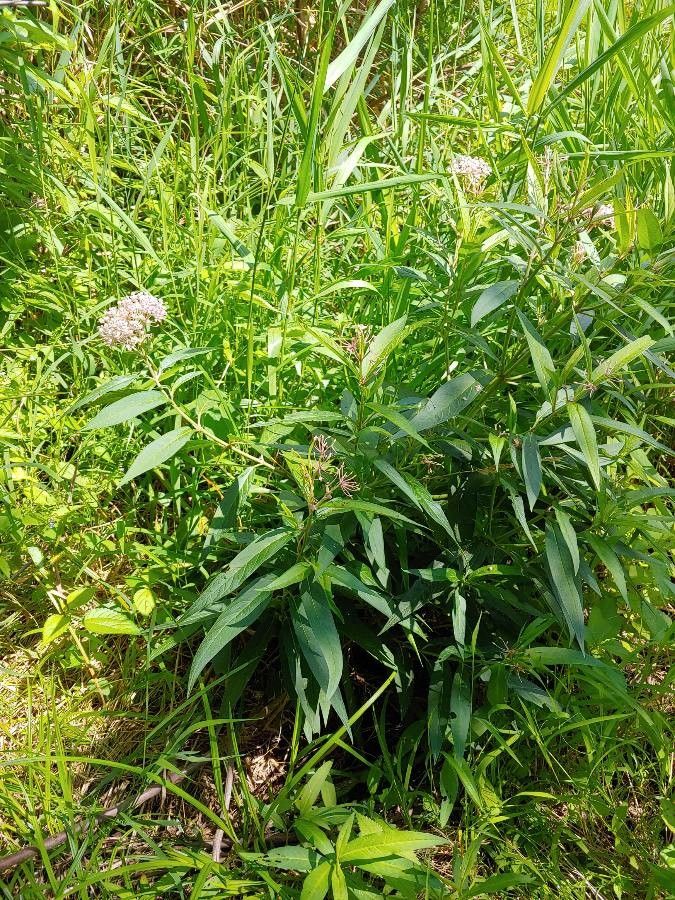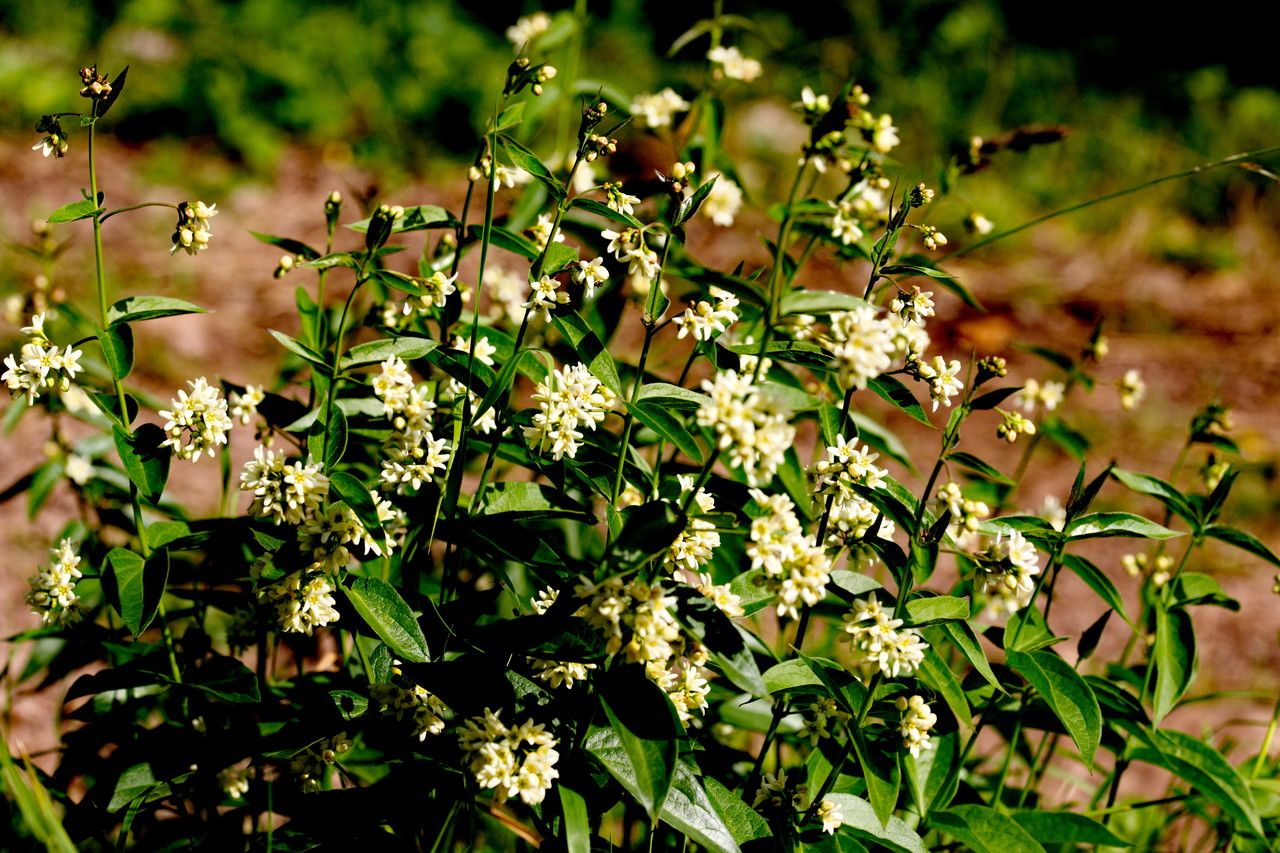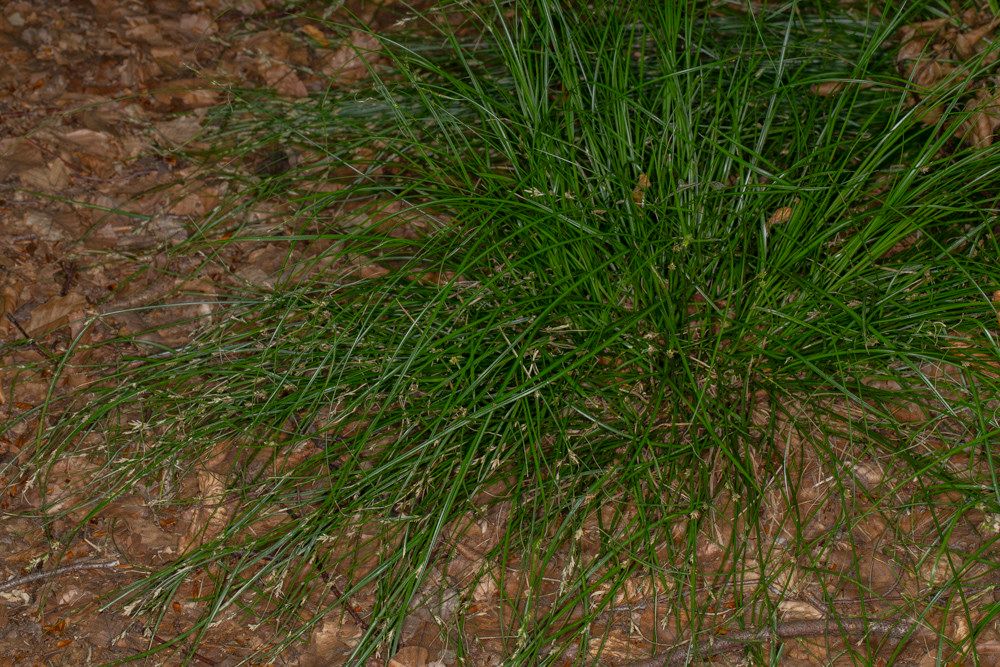# Swamp Milkweed: A Complete Guide to *Asclepias incarnata*
Swamp milkweed (*Asclepias incarnata*), a stunning member of the Apocynaceae family, is a vital native plant for North American ecosystems. Known for its vibrant pink to purplish flowers and its crucial role in supporting monarch butterflies and other pollinators, this milkweed species is a must-have for any wildlife-friendly garden. This comprehensive guide will delve into its cultivation, care, and ecological significance.
### Habitat and Growth
True to its name, swamp milkweed thrives in moist to wet soils. It's often found in meadows, marshes, ditches, and along the edges of swamps and streams. This plant prefers full sun to partial shade, flourishing in areas that receive at least six hours of direct sunlight daily. While it tolerates some shade, optimal flowering occurs under sunny conditions. It's incredibly adaptable to various soil types as long as moisture levels are consistent. The plant typically reaches heights of 2 to 4 feet, creating a beautiful, vertical presence in the garden.
### Planting and Care
Swamp milkweed can be propagated from seed or by dividing established plants in spring or fall. Seeds require stratification (a period of cold, moist treatment) before germination. Planting seeds directly outdoors in late autumn or early spring is generally recommended. When planting, ensure the soil is well-drained but consistently moist. Regular watering, especially during dry spells, is crucial for successful cultivation. While generally pest and disease-resistant, occasional aphids may appear; these can usually be controlled with a strong water spray.
### Attracting Pollinators
Swamp milkweed is a magnet for pollinators, primarily monarch butterflies. The plant provides essential nectar for adult butterflies and serves as the sole host plant for monarch caterpillars. Its clusters of fragrant flowers attract a wide array of bees, other butterflies, and hummingbirds, adding biodiversity to your garden. This plant’s contribution to the ecosystem cannot be overstated, especially given the decline in monarch butterfly populations.
### Choosing the Right Location
Consider the plant's moisture requirements when selecting a location. Avoid planting in extremely dry or poorly-drained areas. Its tall stature makes it an excellent choice for the back of a border or as a focal point in a wet garden. It can also be planted near ponds, streams, or rain gardens.
### Maintenance and Pruning
Swamp milkweed requires minimal maintenance. Deadheading spent flowers can encourage continuous blooming. Pruning can be done in late fall or early winter, cutting back the stalks to ground level. This promotes healthy new growth in the spring.
### Swamp Milkweed vs. Common Milkweed
While both are valuable for monarch butterflies, swamp milkweed tolerates wetter conditions than common milkweed (*Asclepias syriaca*). Choose swamp milkweed if you have a consistently moist or wet area in your garden.
By adding swamp milkweed to your garden, you are not only enhancing its beauty but also contributing to the survival of essential pollinators and enriching your local ecosystem.
Swamp Milkweed: A Complete Guide

Frequently Asked Questions
How to grow swamp milkweed from seed?
Sow seeds outdoors in late autumn or early spring after a period of cold, moist stratification. Ensure consistent moisture and well-drained soil. Germination can take several weeks.
Is swamp milkweed deer resistant?
While deer generally browse on milkweed, swamp milkweed is considered relatively deer-resistant, often being less appealing than other garden plants. However, heavy deer populations may still browse it.


